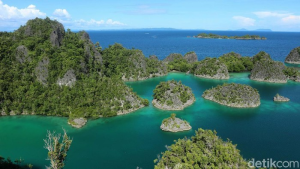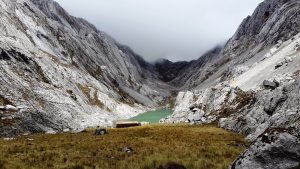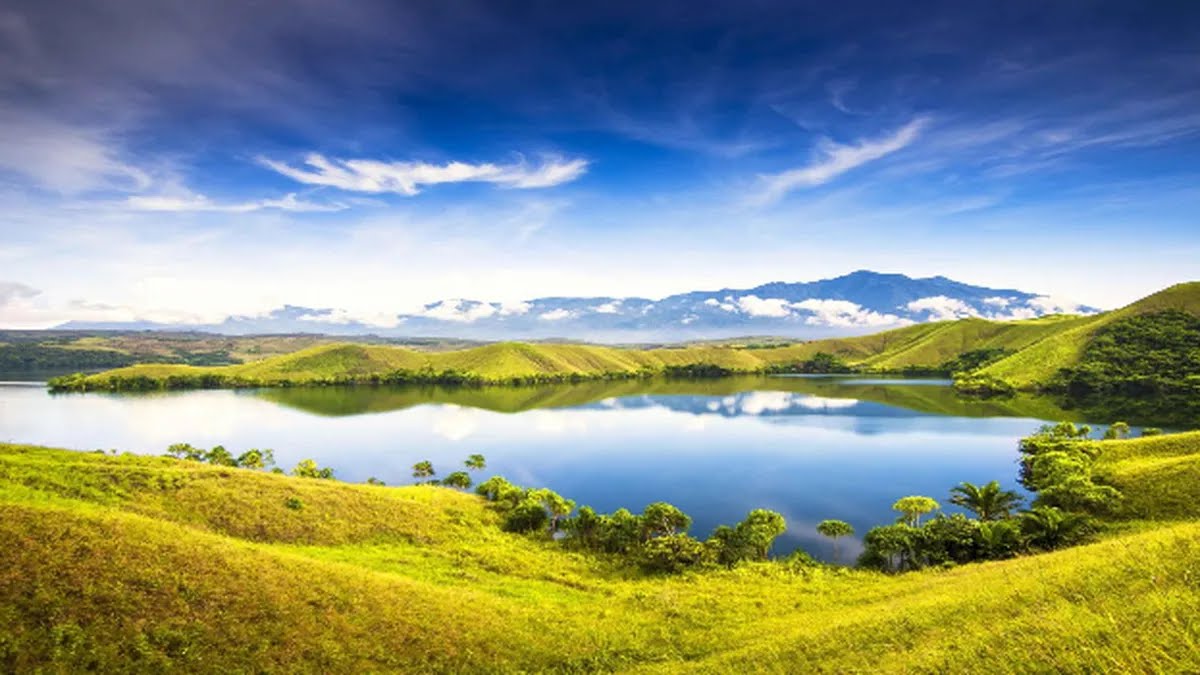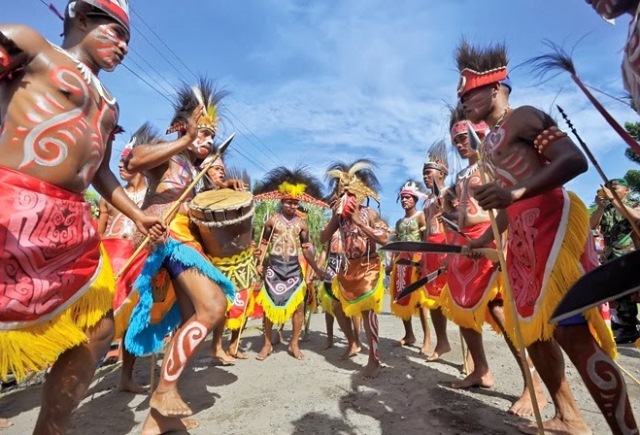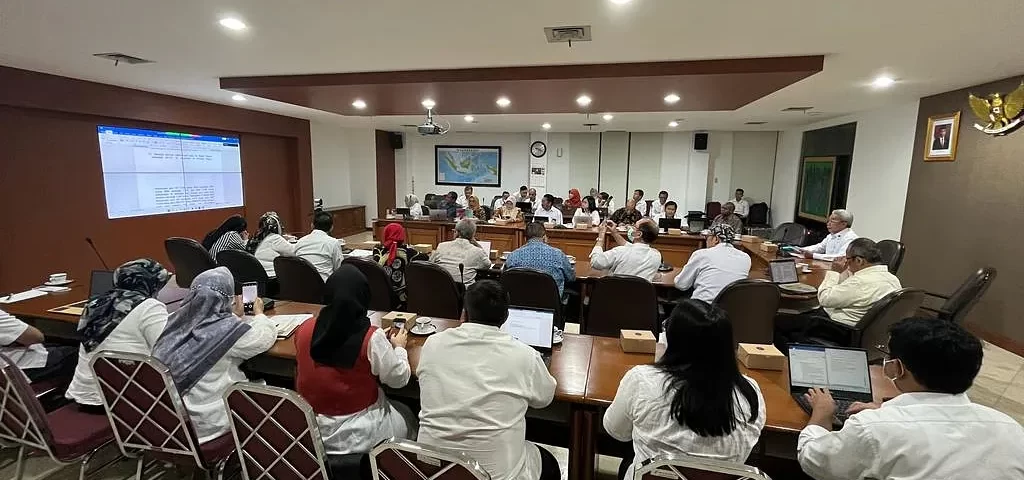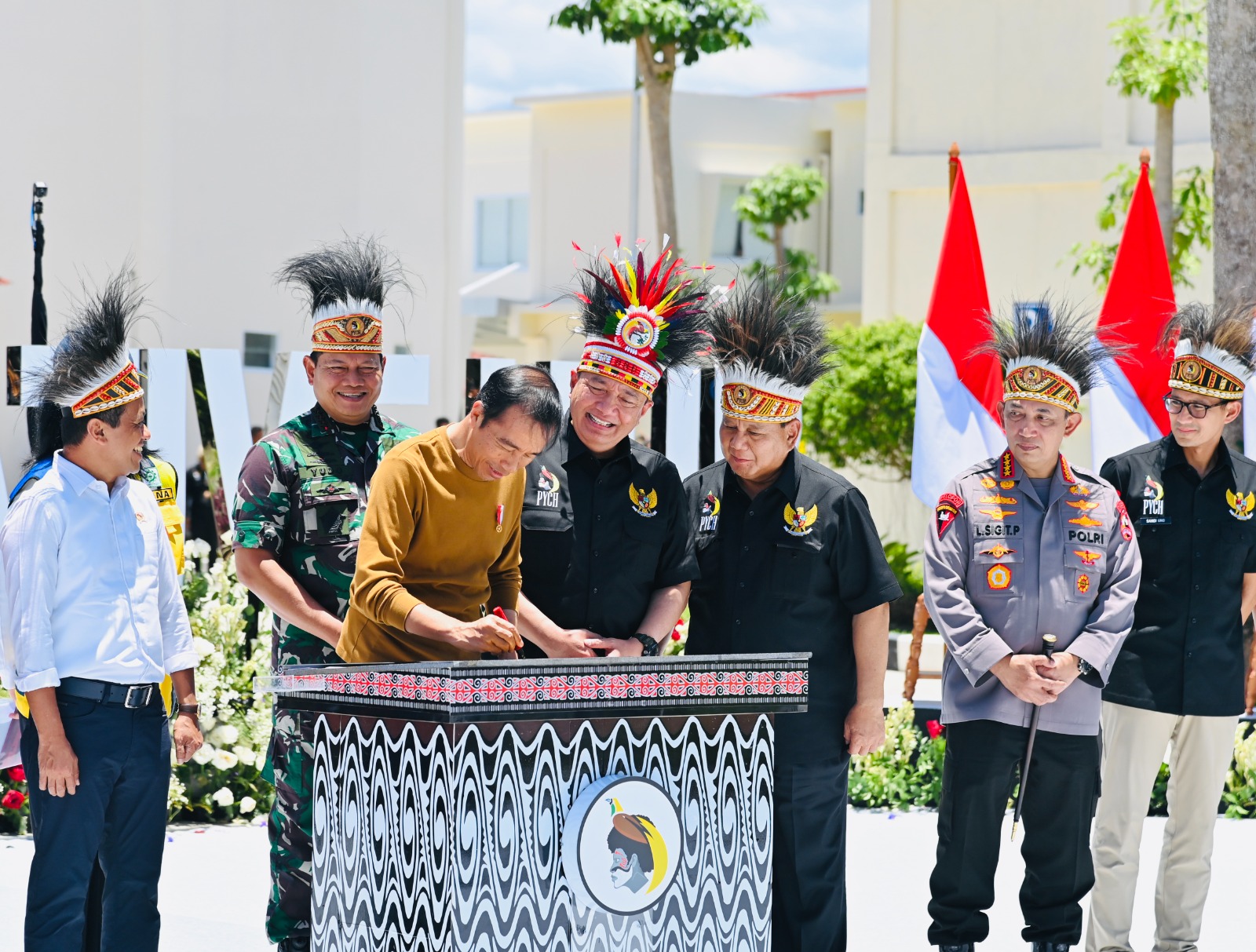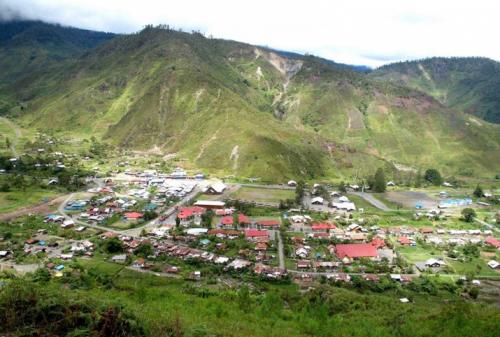
Name and Historical Background
When the Dutch government was in power in the Papua region until the early 1960s, the name used to name the Biak-Numfor Islands was Schouten Eilanden, after the first Dutch European, who visited this area in the early 17th century. Other names often found in old reports for the inhabitants and areas of this archipelago are Numfor or Wiak. The w phoneme in the word wiak actually comes from the v phoneme which then changed to b, giving rise to the word bak as used today. The last two names were then combined into one
name, namely Biak-Numfor, with a horizontal line between the two words as a link between the two words, which is used officially to name the area and people who inhabit the islands located to the north. Cenderawasih Bay. In everyday conversation, people only use the name Biak, which contains the same meaning as mentioned above.
Regarding the origin of the name and the meaning of the word, there are several opinions. The first is that the name Biak comes from the word v`iak, which was originally a word used to name the people who lived in the interior of the islands. This word means people who live in the forest, people who are not good at maritime affairs, such as not being able to catch fish in the sea, not being good at sailing in the sea and crossing wide oceans, etc. This name was given by the coastal residents of these islands who had high expertise in maritime matters. Even though the name initially had an insulting meaning to certain groups of people, the name was later accepted and used as the official name for the people and area.
Another opinion comes from oral information from the people in the form of myth, which says that the name came from the Burdam clan members who left Biak Island as a result of their quarrel with the Mandowen clan members. According to the myth, the people of the Burdam clan decided to leave Warmambo Island (the original name of Biak Island) to settle in a place so far away that Warmambo Island disappeared from sight. So they set out, but every time they looked back they saw Warmambo Island appearing above sea level. This situation causes them to say, v`iak wer`, or `v`iak`, meaning he appears again. This word v`iak was then used by those who went to name Warmambo Island and until now that name is still used (Kamma 1978:29-33).
The word Biak was officially used as a name to refer to the area and its inhabitants, namely when the Kainkain Karkara Biak institution was formed in 1947 (De Bruijn 1965:87). This institution is a development of the traditional institution Kainkain Karkara MNU, namely a traditional institution which has the function of regulating life together in a community called MNU or village. A broader explanation of the two institutions is given in the paragraph discussing leadership organizations below.
The name Numfor comes from the name of the island and the group of native inhabitants of Numfor Island. The merging of the names Biak and Numfor into one name and its official use occurred at the time of the formation of a regional council institution in the Schouten Islands which was named the Biak-Numfor regional council in 1959.
In this article I use the name Biak-Numfor to refer to the geographical area and administrative area his government. The name Biak is used to refer to the language and people who embrace the Biak culture who live in the Biak-Numfor Islands area itself or who live in overseas areas located outside the islands.
About the history of the Biak people, both the history of their origins and the history of their contact with the outside world, not much is known because there is no written information available. The only local source that provides information about the origins of the Biak people, as well as other ethnic groups in Papua, is myth. According to myth, the ancestors of the Biak people came from an area located to the east, where the sun rises. The first ancestors came to this island area by boat. There are several versions of the story of the arrival of the first ancestors. One version of the myth states that the first ancestors of the Biak people consisted of a husband and wife who were swept away by the floodwater on a boat and when the water receded they were stranded again on a hill which the two husband and wife later named Sarwambo. This hill is located in the northeastern part of Biak Island (south of the current Korem village). From Sarwambo Hill, the first ancestors and their children moved to the banks of the Korem River and it was from this last place that they bred to fill the entire Biak-Numfor Islands.
Furthermore, regarding the history of Biak people’s contact with the outside world, both according to oral stories about the legendary figures Fakoki and Pasrefi and information sources from Tidore, it is known that this contact occurred long before the arrival of the first Europeans in the Papua region at the beginning of the 16th century ( Kamma 1953:151). This relationship occurs with residents in the northern coastal areas of Bird’s Head, the Raja Ampat Islands and with residents in the Maluku Islands.
The Biak people’s contact with outsiders occurred mainly through trade relations and war expeditions. Evidence can be seen in the existence of Biak settlements which can still be found in various places as mentioned above. It seems that in the period before the arrival of Europeans in the Maluku Islands and the Papua region in the early 16th century, the Biak people had explored various other regions of Indonesia, both through trade and war expeditions carried out by the Biak people themselves and together with their allies. , for example with the Tidore Sultanate
or the Ternate Sultanate. The success of the Biak people in carrying out various expeditions disappeared at the end of the 15th century (Kamma 1952:151). Not long before the arrival of the first Europeans in the Maluku region and the Raja Ampat Islands in the early 16th century.
Data source:
Dr. JR Mansoben, MA
TRADITIONAL POLITICAL SYSTEMS OF THE BYAK ETHNIC:
A Study of Traditional Government
Anthropology of Papua, Volume 1. No. August 3, 2003




